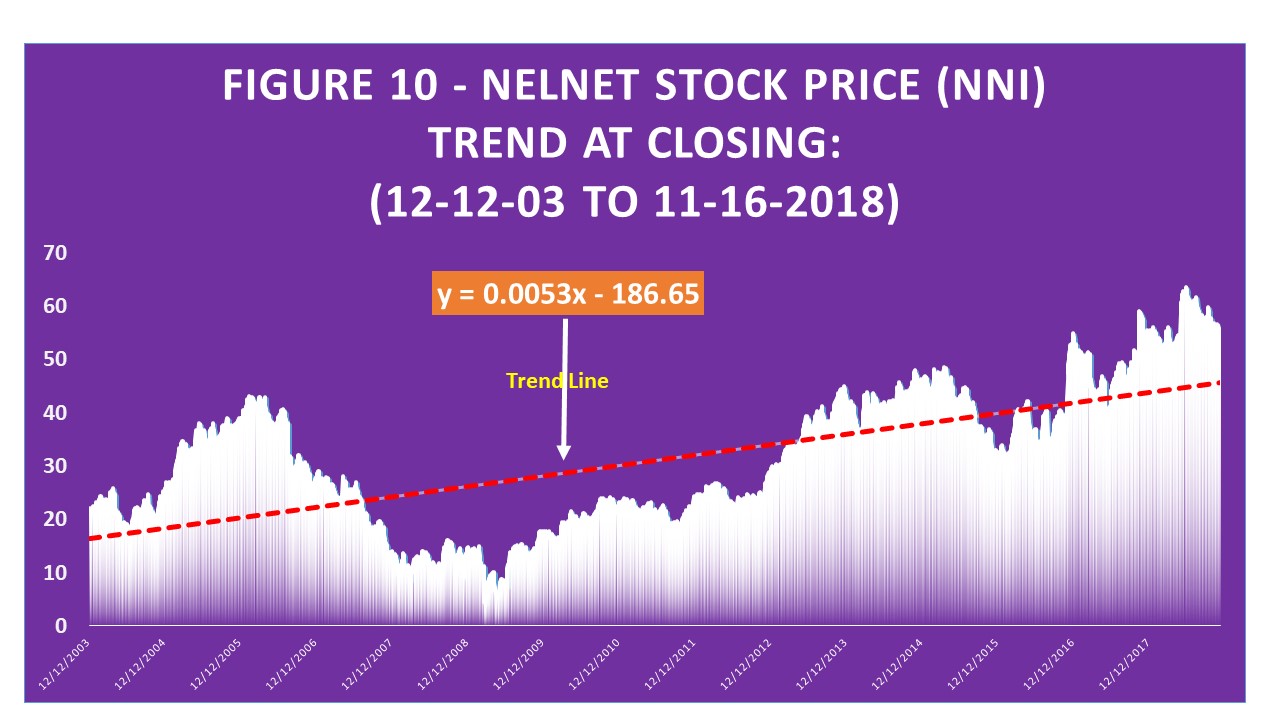Yesterday the Association wrote in its BLOG the analyses of Department of Education’s Chief Strategy and Transformation Officer resignation. His motivation for resignation is not purely show his support for the borrowers. But to clean his name and to potentially avoid from getting hit himself. The quote below taken is from Yahoo Finance:
“The judge’s rebuke comes hours after DeVos’s point person on overhauling the student loan system abruptly resigned and publicly called for mass debt forgiveness”
As reported by Politico, this morning we learn that DOE has been fined by the federal court “for violating an order to stop collecting on the student loans owed by students of a defunct for-profit college”.
From what has been observed, it seems that toward the end of this administration, more of this kind of news will start popping-up. For the rule is simple, whatever goes against the logic will not survive in the future. It is only a matter of time.
This has created an anxiety among the loan servicing companies because of loans forgiveness or for increasing the probability that the loans will be wiped-out. Therefore, some of these collectors have increase their pressure and push the borrowers to accelerate their payment with different tactics such as increasing the minimum payment or increase fines and others late fees. These tactics are noting, but to max-out their own interest (read: receiving wealth transfer from the American society to their own pocket). Weak up America!

